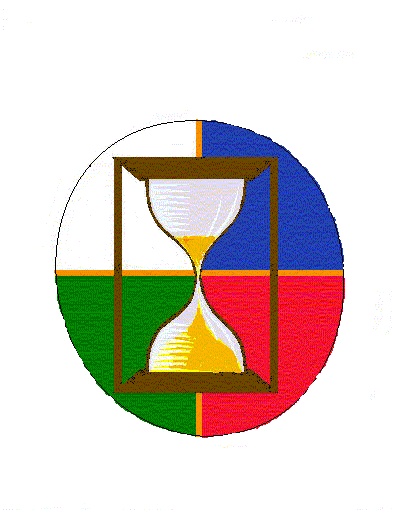

 |
 | Home | Foundations | Framework | Techniques | Reference | Links | |
By: Baroness Mistress Arwen Evaine ferch Rhys ap Gwynedd,
Guildmistress, East Kingdom Soothsayers' Guild
In olden times in rural Norway, if a person or animal got sick, the closest one came to a doctor was usually a folk healer, such as the Wise Woman, or a SEIÐKONA/SEIÐ MANN (a kind of Wise Woman or Wise Man who was trained in shamanistic trance Voyaging). What we today call a "medical doctor" is considered a "scholarly doctor" who practiced "lærd medisin", "learned medicine". Halfway between these two were the practitioners of "signature medicine", who used herbs and techniques mimicking the ailment...for example, using yellow herbs to treat jaundice. Folk healers have practiced in Norway from prehistory into the 20th century; the "signature doctors" were popular primarily in the post-Hildegarde of Bingen times into the 19th century. Modern medicine only came to rural Norway in the late 19th-20th centuries.
The modern doctor has a tremendous wealth of tools and techniques to aid him in diagnosis. The "signature doctor" examined the patient using only his own senses and experience. The folk healer, however, also resorted to various soothsaying techniques in order to determine what ailed his or her patient. Chief among these was støyping ("casting"; pronounced "stöy-ping"), in which the healer melted some lead (the best was that "liberated" from a church window) in a crucible. The patient held a bowl of water over the affected or ailing portion of his/her body, and the healer placed a large round slice of knekkebrød ("snapping-bread"; like modern Wasa bread) which had a hole in its center over the bowl, like a cover or lid. (Incidentally, one can still buy these wheels of (Swedish-made) knekkebrød (which they call knäckebröd) in gourmet stores.) When the lead is molten, the Wise Woman (folk healers in Norway were almost always women) carefully poured a thin stream of the metal through the hole in the bread into the water. The bread keeps droplets of boiling water from splashing on the patient's body (a good thing) and steam from rushing up into the healer's face (another good thing). When the spluttering noises have stopped, the healer can then remove the knekkebrød, which is generally none the worse for wear (and can be served up at the next meal) and peers into the bowl. She examines the forms taken by the bits of lead, and where they lie in the bowl. In this respect, støyping is a lot like tasseomancy (tea leaf or coffee ground reading). When the appropriate diagnosis is reached, the healer can then proceed with the treatment.
Other forms of divination used in medical diagnosis include omens (especially the cries of owls, bird and/or insect flight patterns, and "supernatural lights"), scrying (usually with flame), or by simple "yes-no" queries like the famous "he loves me, he loves me not" daisy technique.
If a supernatural cause for the disease was detected, this was important. Both "signature doctors" and today's "academic" doctors have tended to ignore an illness caused by the stars, a curse, a deity, a malign spirit, or by a witch with an attitude problem and an axe to grind...though the "signature" doctors did recognize and treat "evil eye". Treatments might involve herbs, water, certain stones, tree resin/tar, insects (or their products), animals (or their products), or spellcraft, or a combination of the above.
There is a great deal of information on traditional Norse medical diagnosis and treatment of illnesses, but almost nothing is written in the English language. Among the authors documenting these practices are Nils Lid, Ingjald Reichborn-Kjennerud, Per Holck, Olrik & Ellekilde, and Odd Nordland. Mention is also made in some of the Family Sagas.
© 2003 J. Sibley, known in the Society for Creative Anachronism as Arwen Evaine ferch Rhys ap Gwynedd. Used by permission
The author is in the process of writing a scholarly book on traditional Norse "magic medicine"...the herbalism chapter is almost finished...as soon as she finishes and sends out the two other book manuscripts she's working on.